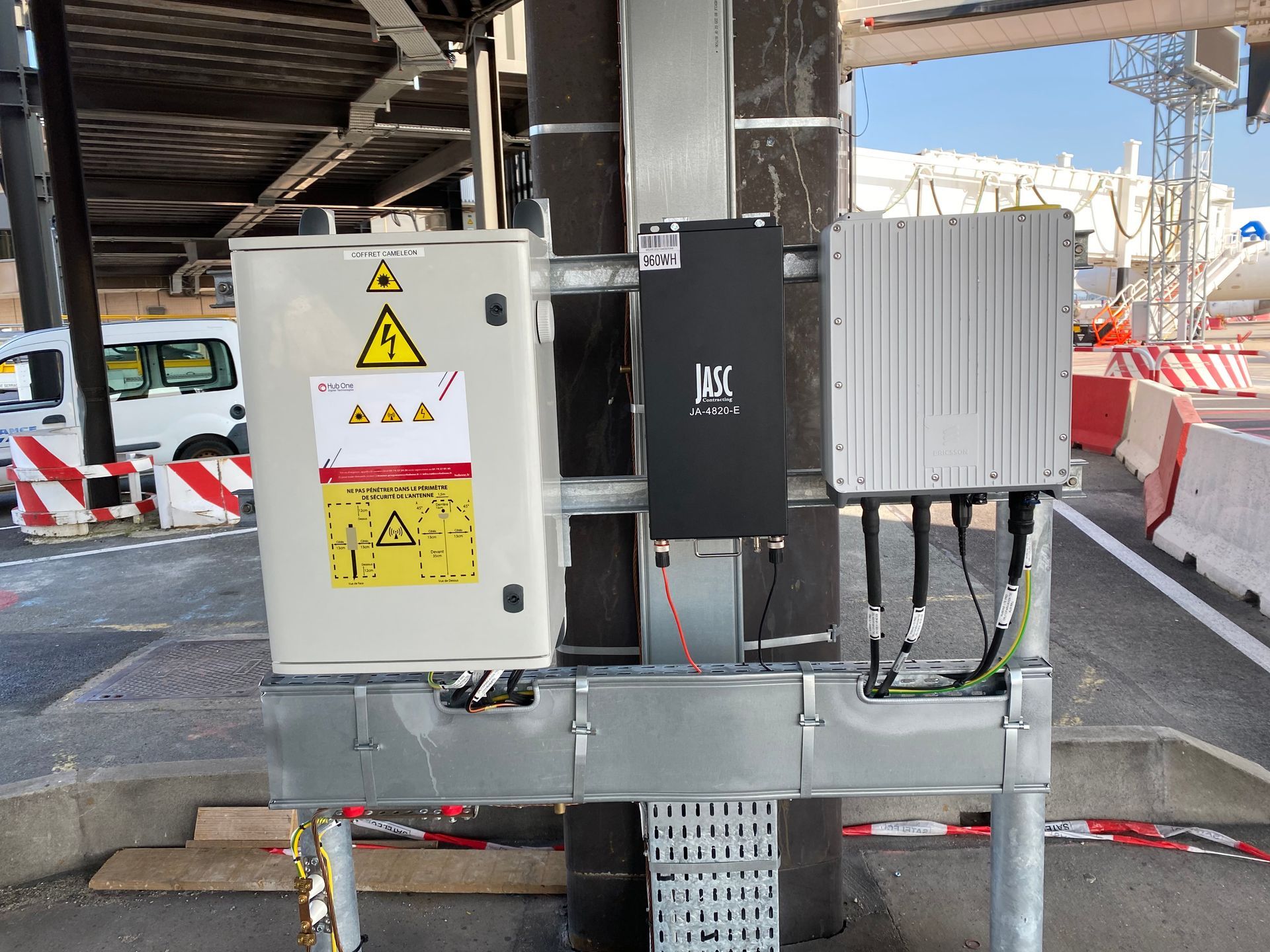TECH TRENDS
Charging the Future:
Exploring the Power of Telecom Batteries
In the digital age, where seamless communication and connectivity are paramount, the role of telecom batteries cannot be overstated. These batteries serve as the backbone of the telecommunications industry, ensuring uninterrupted power supply to keep our networks up and running. In this article, we will delve into the world of telecom batteries, exploring their importance, evolution, types, benefits, challenges, innovations, impact on connectivity, future trends, their role in renewable energy, and sustainability considerations
The Importance of Telecom Batteries
Imagine a scenario where a power outage strikes, leaving entire regions without electricity. During such times, it is the telecom batteries that keep our communication channels open. They provide critical backup power to telecom networks, allowing us to make emergency calls, access vital information, and stay connected with our loved ones. Telecom batteries act as a lifeline during emergencies, ensuring that communication services remain operational even when the grid goes down. Moreover, they provide reliable power supply in areas with inconsistent or unreliable electricity access, enabling connectivity where it is most needed.
Evolution of Telecom Batteries
Telecom batteries have come a long way since their inception. Early batteries were predominantly lead-acid batteries, which offered limited capacity and were relatively bulky. However, advancements in battery technology have revolutionized the telecom industry. Modern telecom batteries leverage advanced materials and engineering techniques to deliver higher capacity, improved efficiency, and longer lifespans. This evolution has been driven by the increasing demand for reliable and long-lasting power solutions in the telecommunications sector.
Types of Telecom Batteries
The telecom industry utilizes various types of batteries, each with its own set of characteristics, advantages, and disadvantages. Lead-acid batteries, known for their reliability and affordability, have been a staple in the industry for many years. However, lithium-ion batteries are gaining prominence due to their higher energy density, longer lifespan, and faster charging capabilities. Another emerging battery technology is flow batteries, which offer scalability and extended cycling life. Each battery type serves specific purposes within the telecom ecosystem, and the choice depends on factors such as cost, performance requirements, and environmental considerations.
Benefits of Telecom Batteries
The benefits of telecom batteries extend beyond providing backup power during outages. These batteries ensure uninterrupted communication and enable reliable network operation, allowing businesses to continue their operations without disruption. Telecom batteries also play a crucial role in critical infrastructure, supporting emergency services and disaster response efforts. By ensuring consistent connectivity, they contribute to public safety and well-being. Additionally, efficient battery management systems can help optimize battery usage, reduce operating costs, and improve overall network performance.
Challenges in Telecom Battery Technology
Despite their importance, telecom batteries face several challenges. One of the primary concerns is the limited lifespan of batteries, especially in harsh operating conditions. Factors such as temperature fluctuations, battery aging, and voltage variations can affect battery performance and shorten their useful life. Furthermore, telecom batteries require regular maintenance and monitoring to ensure optimal operation. Environmental considerations, such as the disposal of lead-acid batteries, pose additional challenges, highlighting the need for sustainable and eco-friendly battery solutions.
Innovations in Telecom Batteries
To overcome the challenges, the telecom industry has witnessed significant innovations in battery technology. Fast-charging lithium-ion batteries have emerged, allowing rapid recharging of batteries, minimizing downtime, and increasing operational efficiency. Smart battery management systems are being implemented to optimize battery usage, monitor performance, and predict maintenance needs. Advanced energy storage solutions, such as solid-state batteries and fuel cells, are being explored for their potential to revolutionize telecom battery technology. These innovations pave the way for more efficient, durable, and sustainable battery solutions.
Impact on Connectivity and Communication
Reliable telecom batteries play a vital role in ensuring seamless connectivity and uninterrupted communication. They enable us to make important calls, send text messages, access the internet, and use various communication services, regardless of external power disruptions. In urban areas, telecom batteries provide backup power during localized outages, preventing service disruptions for businesses and individuals. In remote or underserved areas, where reliable electricity access may be limited, telecom batteries become the primary power source, enabling communication and connectivity in those regions.
Future Trends in Telecom Batteries
The future of telecom batteries looks promising, with several exciting trends on the horizon. Battery manufacturers are continuously striving to increase energy density, allowing batteries to store more power in smaller form factors. Longer battery lifespans are also being pursued, reducing the need for frequent replacements. Faster charging technologies and improved energy efficiency are areas of active research, aiming to enhance battery performance and usability. Additionally, the integration of telecom batteries with renewable energy sources, such as solar and wind, is gaining traction, enabling greener and more sustainable communication networks.
The Role of Telecom Batteries in Renewable Energy
Telecom batteries can play a significant role in supporting the integration of renewable energy sources into the power grid. As renewable energy generation, such as solar and wind, is intermittent in nature, energy storage becomes critical for balancing supply and demand. Telecom batteries can act as energy reservoirs, storing excess renewable energy during periods of high generation and releasing it when needed. This synergy between telecom batteries and renewable energy promotes a cleaner and more sustainable energy ecosystem.
Sustainability and Environmental Considerations
In an era focused on sustainability, it is essential to address the environmental impact of telecom batteries. Battery manufacturers and industry stakeholders are actively working towards sustainable solutions. This includes promoting responsible battery disposal and recycling to minimize the environmental footprint of telecom batteries. Many battery manufacturers have established recycling programs to ensure the proper disposal and recycling of used batteries. By adopting eco-friendly practices, the telecom industry can reduce its carbon footprint and contribute to a more sustainable future.
Conclusion
Telecom batteries are the unsung heroes powering our interconnected world. They ensure uninterrupted communication, support critical infrastructure, and enable connectivity in both urban and remote areas. With ongoing advancements and innovations, telecom batteries are becoming more efficient, durable, and sustainable. They play a crucial role in the future of connectivity, supporting the integration of renewable energy sources and contributing to a greener and cleaner world. As technology continues to evolve, telecom batteries will remain at the forefront, charging the future of communication.


















